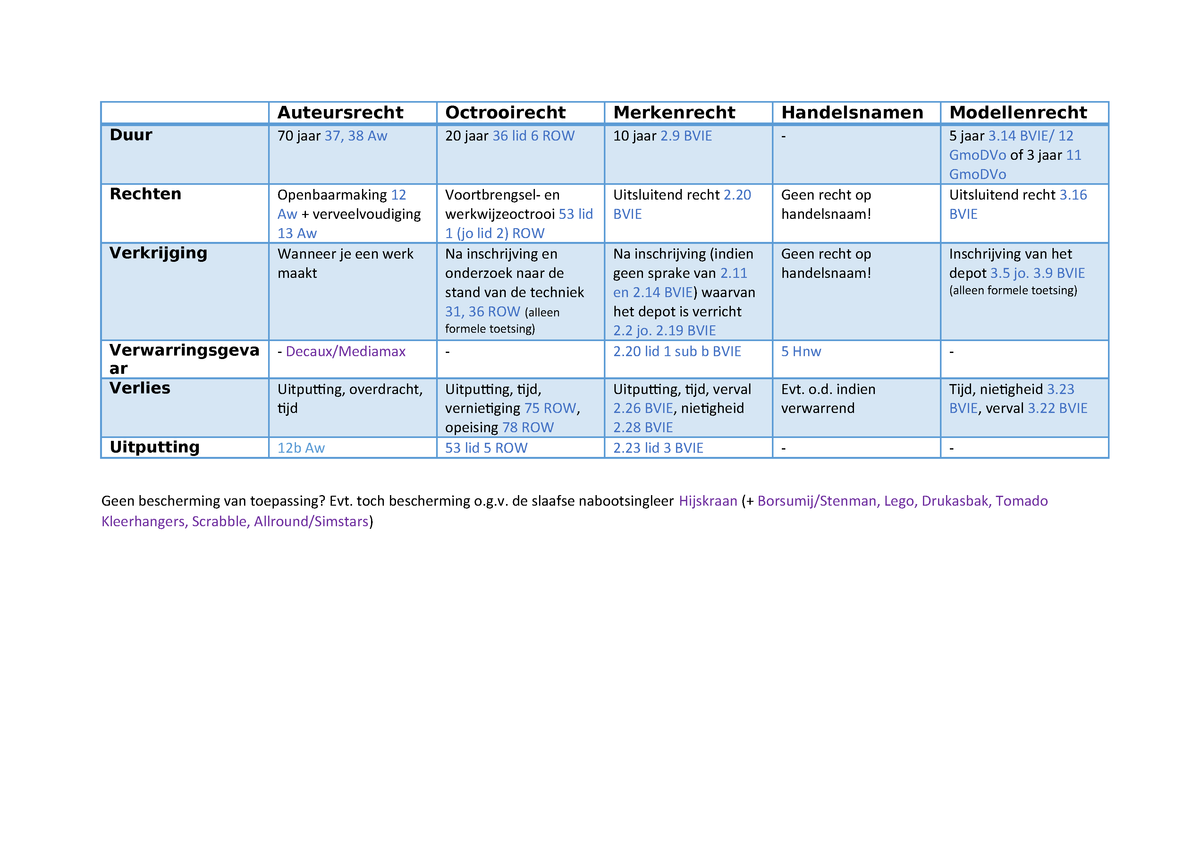

Var 6: number, Type: numeric, Storage: float32, Low/High: (0.0000, 434.0000)įor just variables in the data file, use the names function: > names(claimsDF) Var 1: RowNum, Type: integer, Low/High: (1, 128) > mySourceFile claimsDF rxGetInfo(claimsDF, getVarInfo = TRUE) To illustrate, the following example creates a data object loaded with data from a local text-delimited file: > mydataobject mySourceFile list.files(rxGetOption("sampleDataDir")) If the data is delimited by commas or tabs, this is all that is required loading the data. In the simplest case, you can give it a file path. Although the function takes several arguments, it's just loading data from a source file that you provide. About rxImportĬonverting external data into a format understood by RevoScaleR is achieved using the rxImport function. Reading and writing chunked data on disk is exclusive to Machine Learning Server.

To get the best use of persisted data in XDF, you need Machine Learning Server (as opposed to R Client).


 0 kommentar(er)
0 kommentar(er)
